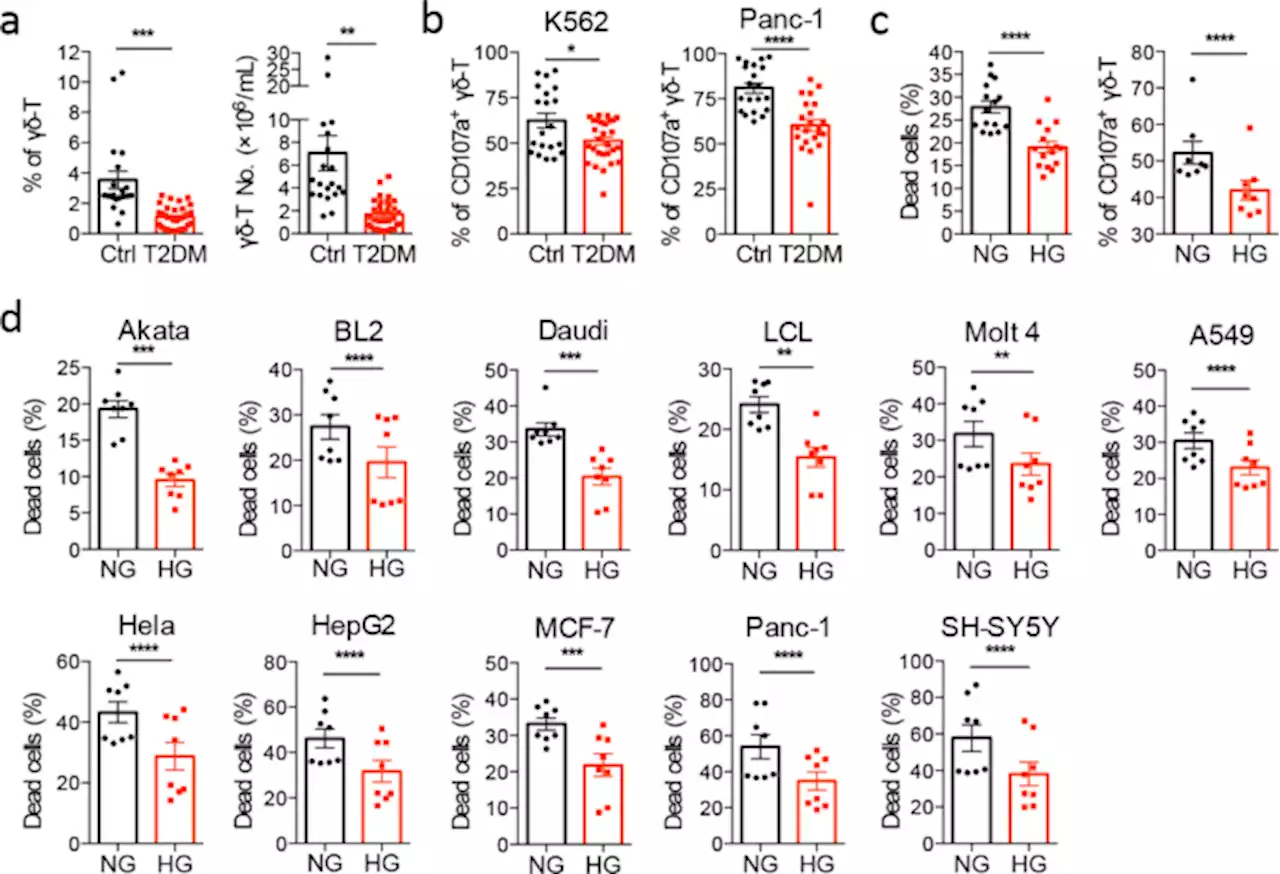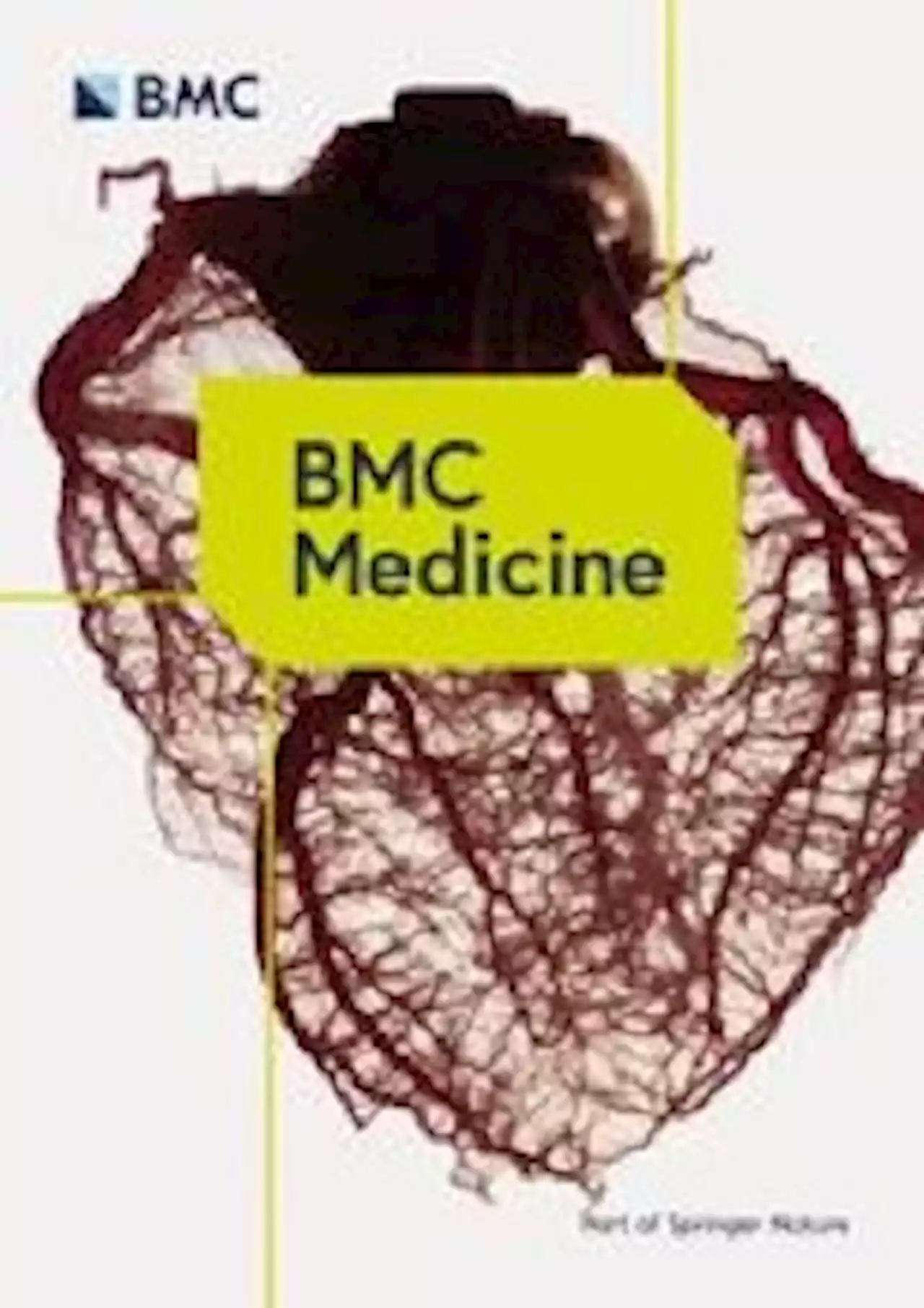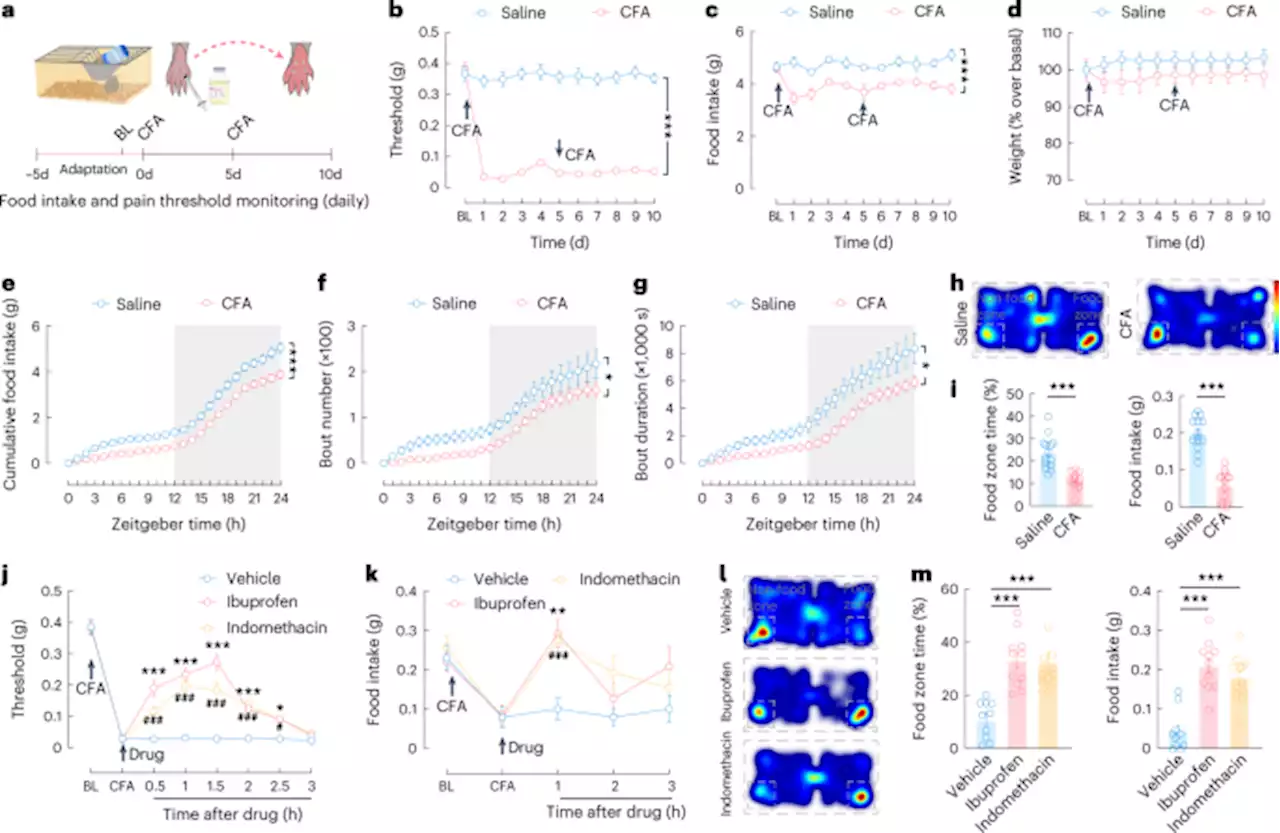Mouse study: A neural circuit for the suppression of feeding under persistent pain
mice. This work was supported by the National Key Research and Development Program of China , the National Natural Science Foundation of China and 32100808 ), CAS Project for Young Scientists in Basic Research , the China National Postdoctoral Program for Innovative Talents , the China Postdoctoral Science Foundation , the Fundamental Research Funds for the Central Universities and the Innovative Research Team of High-level Local Universities in Shanghai .
Department of Anesthesiology and Pain Medicine, The First Affiliated Hospital of USTC, Hefei National Laboratory for Physical Sciences at the Microscale, Division of Life Sciences and Medicine, University of Science and Technology of China, Hefei, ChinaDepartment of Anesthesiology, The Third Affiliated Hospital of Anhui Medical University , Hefei, ChinaDepartment of Anesthesiology and Perioperative Medicine, The Second Affiliated Hospital of Anhui Medical University, Hefei, ChinaNational...
United Kingdom Latest News, United Kingdom Headlines
Similar News:You can also read news stories similar to this one that we have collected from other news sources.
 Glucose metabolism controls human γδ T-cell-mediated tumor immunosurveillance in diabetes - Cellular & Molecular ImmunologyResearch team discovers glucosecontrol may improve the anti-tumor activity of gamma delta T cells in diabetes hkuniversity
Glucose metabolism controls human γδ T-cell-mediated tumor immunosurveillance in diabetes - Cellular & Molecular ImmunologyResearch team discovers glucosecontrol may improve the anti-tumor activity of gamma delta T cells in diabetes hkuniversity
Read more »
 Plasma metabolomic profiling of dietary patterns associated with glucose metabolism status: The Maastricht Study - BMC MedicineBackground Glucose metabolism has been reported to be affected by dietary patterns, while the underlying mechanisms involved remain unclear. This study aimed to investigate the potential mediation role of circulating metabolites in relation to dietary patterns for prediabetes and type 2 diabetes. Methods Data was derived from The Maastricht Study that comprised of 3441 participants (mean age of 60 years) with 28% type 2 diabetes patients by design. Dietary patterns were assessed using a validated food frequency questionnaire (FFQ), and the glucose metabolism status (GMS) was defined according to WHO guidelines. Both cross-sectional and prospective analyses were performed for the circulating metabolome to investigate their associations and mediations with responses to dietary patterns and GMS. Results Among 226 eligible metabolite measures obtained from targeted metabolomics, 14 were identified to be associated and mediated with three dietary patterns (i.e. Mediterranean Diet (MED), Dietary Approaches to Stop Hypertension Diet (DASH), and Dutch Healthy Diet (DHD)) and overall GMS. Of these, the mediation effects of 5 metabolite measures were consistent for all three dietary patterns and GMS. Based on a 7-year follow-up, a decreased risk for apolipoprotein A1 (APOA1) and docosahexaenoic acid (DHA) (RR 0.60, 95% CI 0.55, 0.65; RR 0.89, 95% CI 0.83, 0.97, respectively) but an increased risk for ratio of ω-6 to ω-3 fatty acids (RR 1.29, 95% CI 1.05, 1.43) of type 2 diabetes were observed from prediabetes, while APOA1 showed a decreased risk of type 2 diabetes from normal glucose metabolism (NGM; RR 0.82, 95% CI 0.75, 0.89). Conclusions In summary, this study suggests that adherence to a healthy dietary pattern (i.e. MED, DASH, or DHD) could affect the GMS through circulating metabolites, which provides novel insights into understanding the biological mechanisms of diet on glucose metabolism and leads to facilitating prevention strategy for type 2 diabetes.
Plasma metabolomic profiling of dietary patterns associated with glucose metabolism status: The Maastricht Study - BMC MedicineBackground Glucose metabolism has been reported to be affected by dietary patterns, while the underlying mechanisms involved remain unclear. This study aimed to investigate the potential mediation role of circulating metabolites in relation to dietary patterns for prediabetes and type 2 diabetes. Methods Data was derived from The Maastricht Study that comprised of 3441 participants (mean age of 60 years) with 28% type 2 diabetes patients by design. Dietary patterns were assessed using a validated food frequency questionnaire (FFQ), and the glucose metabolism status (GMS) was defined according to WHO guidelines. Both cross-sectional and prospective analyses were performed for the circulating metabolome to investigate their associations and mediations with responses to dietary patterns and GMS. Results Among 226 eligible metabolite measures obtained from targeted metabolomics, 14 were identified to be associated and mediated with three dietary patterns (i.e. Mediterranean Diet (MED), Dietary Approaches to Stop Hypertension Diet (DASH), and Dutch Healthy Diet (DHD)) and overall GMS. Of these, the mediation effects of 5 metabolite measures were consistent for all three dietary patterns and GMS. Based on a 7-year follow-up, a decreased risk for apolipoprotein A1 (APOA1) and docosahexaenoic acid (DHA) (RR 0.60, 95% CI 0.55, 0.65; RR 0.89, 95% CI 0.83, 0.97, respectively) but an increased risk for ratio of ω-6 to ω-3 fatty acids (RR 1.29, 95% CI 1.05, 1.43) of type 2 diabetes were observed from prediabetes, while APOA1 showed a decreased risk of type 2 diabetes from normal glucose metabolism (NGM; RR 0.82, 95% CI 0.75, 0.89). Conclusions In summary, this study suggests that adherence to a healthy dietary pattern (i.e. MED, DASH, or DHD) could affect the GMS through circulating metabolites, which provides novel insights into understanding the biological mechanisms of diet on glucose metabolism and leads to facilitating prevention strategy for type 2 diabetes.
Read more »
 Structural characterization of protective non-neutralizing antibodies targeting Crimean-Congo hemorrhagic fever virus - Nature CommunicationsThere are currently no approved treatments for Crimean-Congo Hemorrhagic Fever Virus (CCHFV) infection. In this study, the authors structurally characterize the epitope targeted by protective non-neutralizing mouse and human antibodies and provide insights into their broad range potential against various CCHFV strains.
Structural characterization of protective non-neutralizing antibodies targeting Crimean-Congo hemorrhagic fever virus - Nature CommunicationsThere are currently no approved treatments for Crimean-Congo Hemorrhagic Fever Virus (CCHFV) infection. In this study, the authors structurally characterize the epitope targeted by protective non-neutralizing mouse and human antibodies and provide insights into their broad range potential against various CCHFV strains.
Read more »
 Inactivation of LATS1/2 drives luminal-basal plasticity to initiate basal-like mammary carcinomas - Nature CommunicationsLATS1/2 kinases are reported to be tumour suppressors in many cancers. Here the authors show that conditional deletion of LATS1/2 in the mature mouse luminal mammary epithelium leads to luminal-basal plasticity and development of basal-like carcinomas.
Inactivation of LATS1/2 drives luminal-basal plasticity to initiate basal-like mammary carcinomas - Nature CommunicationsLATS1/2 kinases are reported to be tumour suppressors in many cancers. Here the authors show that conditional deletion of LATS1/2 in the mature mouse luminal mammary epithelium leads to luminal-basal plasticity and development of basal-like carcinomas.
Read more »
 Caution urged as bird flu found at Berkshire nature reserveA wildlife trust is urging visitors to take care after avian flu was confirmed at a nature reserve.
Caution urged as bird flu found at Berkshire nature reserveA wildlife trust is urging visitors to take care after avian flu was confirmed at a nature reserve.
Read more »
Time for women-centred gynaecology - Nature Reviews UrologyAlthough gynaecology is a specialty responsible for women’s health, the field was historically male-dominated and its science remains biased towards male perceptions of women’s health. In light of the changing social climate in our society and the changing gender composition of the specialty, a number of steps can be taken to make gynaecology more women-centred.
Read more »
